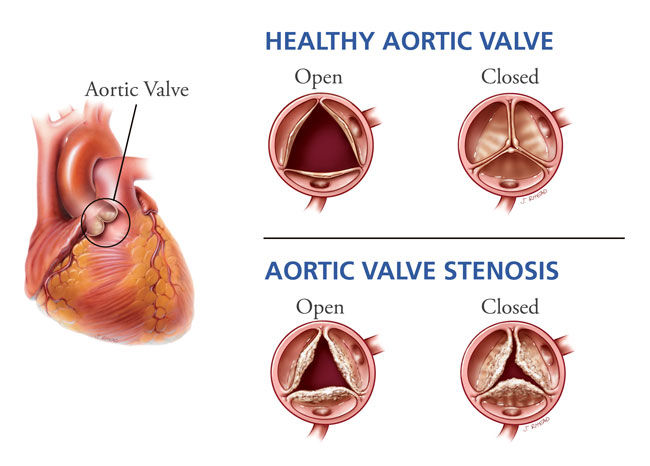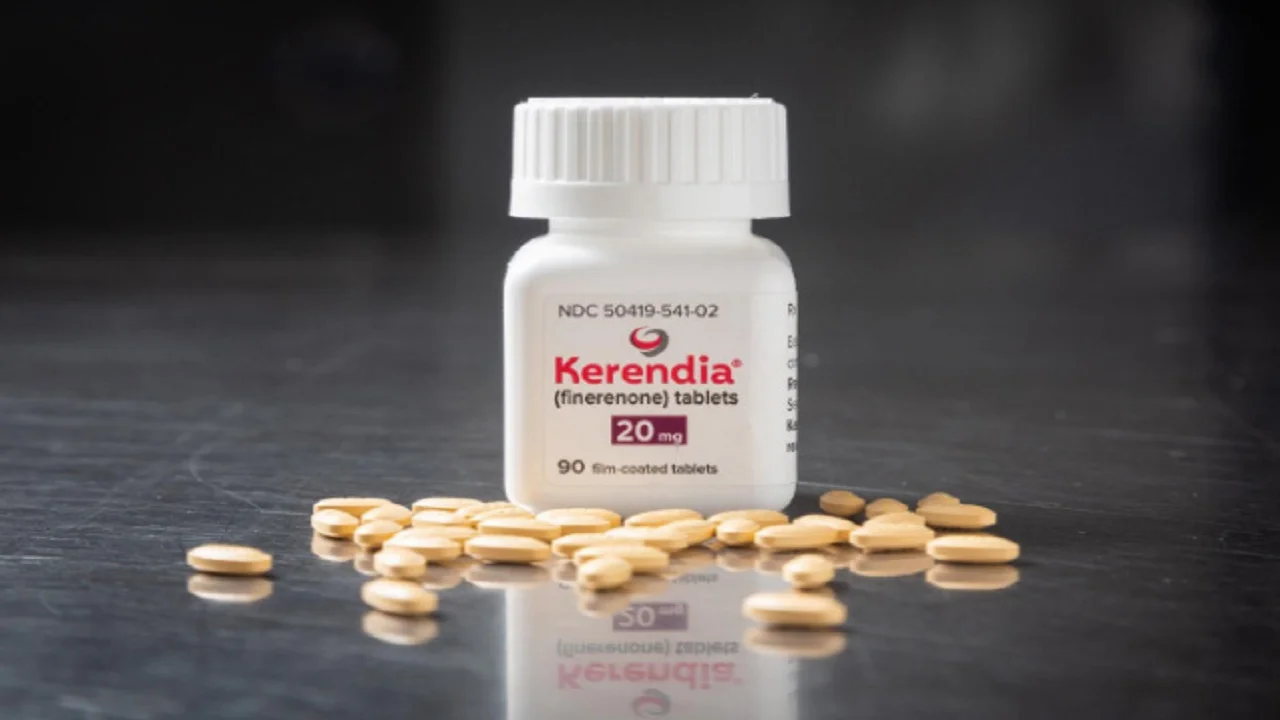
Managing Patients With Moderate Aortic Stenosis: Key Points
The following are key points to remember from a state-of-the-art review on managing patients with moderate aortic stenosis (AS):
- Moderate AS diagnosis. Current recommendations for the echocardiography (echo)/Doppler grading AS severity define moderate AS as aortic valve area (AVA) 1.0-1.5 cm2 (or AVA <1.0 cm2 and indexed AVA 0.60-0.85 cm2/m2) and peak jet velocity (Vmax) 3-4 m/s and/or mean transvalvular gradient (MG) 20-40 mm Hg. However, discordant data are common, such that one parameter may suggest moderate AS, while the other suggests mild AS.
- Measurement error. Measurement error can contribute to discordant echo/Doppler assessment of AS, including underestimation of transaortic Vmax, overestimation of the left ventricular outflow tract (LVOT) velocity time integral (VTI), and errors in measuring the true cross-sectional area of the LVOT. In addition, systemic hypertension can blunt some of the hemodynamic markers of AS severity.
- Moderate AS with discordant grading. Discordant grading of AS commonly occurs in the setting of low flow (stroke volume index [SVI] <35 mL/m2 or mean transvalvular flow rate <210 mL/s), which can occur in the setting of reduced or preserved LV ejection fraction (LVEF).
- Low-dose (up to 20 mcg/kg/min) dobutamine stress echocardiography (DSE) can be used to differentiate true-severe and pseudo-severe (moderate) AS in the setting of AVA <1.0 cm2 but MG <40 mm Hg. The authors suggest that DSE also might be useful for distinguishing pseudo-moderate from mild AS in the setting of AVA 1.0-1.5 cm2 and MP <20 mm Hg.
- Albeit with limitations, a noncontrast cardiac computed tomography (CT) calcium score of 800-2000 AU in men or 400-1200 AU in women can be used to help confirm the presence of moderate AS.
- When data from noninvasive testing remain inconclusive, the authors note that invasive testing (potentially with the administration of nitroprusside or dobutamine) can be helpful to determine AS severity.
- Moderate AS with reduced LVEF. Reduced LVEF can occur because of AS or due to comorbid conditions. In either circumstance, there is an interaction between LV myocardial function, valvular afterload, and arterial afterload. Although current guidelines do not recommend aortic valve replacement (AVR) for moderate AS other than in patients undergoing cardiac surgery for other reasons, the TAVR UNLOAD (Transcatheter Aortic Valve Replacement to Unload the Left Ventricle in Patient With Advanced Heart Failure) trial currently is investigating the effect of mechanical unloading with transcatheter AVR (TAVR) among patients with moderate AS and heart failure with reduced LVEF.
- Cardiac magnetic resonance (CMR) imaging. LV mid-wall late gadolinium enhancement (LGE) on CMR imaging is a sign of replacement fibrosis, and an independent predictor of worse outcomes among patients with severe AS. However, LV mid-wall LGE also has been observed among patients with moderate AS, and additional research may be able to determine if its presence should affect the timing of AVR.
- LV strain. LV global longitudinal strain (GLS) is an earlier marker of LV systolic dysfunction compared to LVEF, and impaired LV GLS has been shown to have prognostic significance in patients with moderate AS.
- Other echo/Doppler markers. Other echo/Doppler markers of cardiac damage and adverse prognosis in patients with moderate AS include LV concentric remodeling, LV mass index, transmitral E/e’ ratio, and LV diastolic dysfunction. In addition, a machine learning model based on Vmax, MG, AVA index, LVEF, and SVI has been used to define ‘high-severity’ and ‘low-severity’ AS phenotypes which were associated with time to AVR and mortality.
- Biomarkers. Elevated N-terminal pro–B-type natriuretic peptide (NT-proBNP) has been associated with higher mortality among patients with moderate AS, but no studies have addressed whether outcomes are affected by earlier intervention. Among a population of patients with moderate or severe AS, high-sensitivity cardiac troponin I has been associated with increased LV mass and fibrosis on CMR imaging and with AVR and death. Finally, lipoprotein (a) and associated oxidized phospholipids have been correlated with disease progression and outcomes among patients with mild-to-moderate AS (Vmax 2.5-4.0 m/s).
- Medical treatment of moderate AS. There is currently no medical treatment of moderate AS. The SEAS (Simvastatin and Ezetimibe in Aortic Stenosis) trial failed to show any effect of the treatment of dyslipidemia on the progression of AS or reduction in clinical events related to AS among patients with mild to moderate AS.
- AVR for moderate AS. No published randomized trials have assessed the relative risks and benefits of AVR among patients with less than severe AS.
- As noted above, the TAVR UNLOAD trial currently is investigating the effect of TAVR among patients with moderate AS and heart failure with reduced LVEF.
- The PROGRESS (Prospective, Randomized, Controlled Trial to Assess the Management of Moderate Aortic Stenosis by Clinical Surveillance or Transcatheter Aortic Valve Replacement) trial and the Evolut EXPAND TAVR II Pivotal trial currently are recruiting patients to address whether TAVR could improve outcomes among patients with moderate AS and symptoms and/or evidence of cardiac damage or dysfunction







